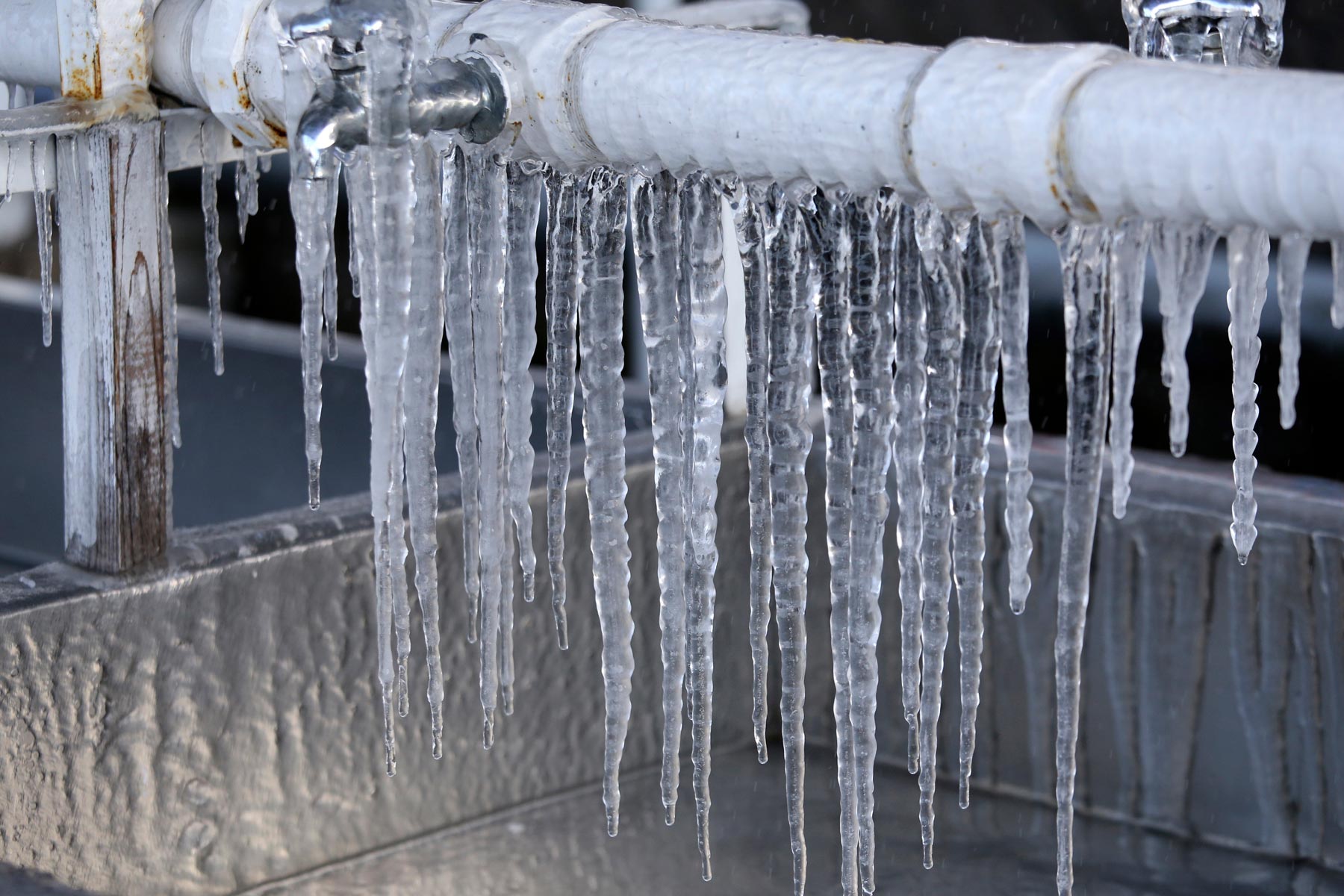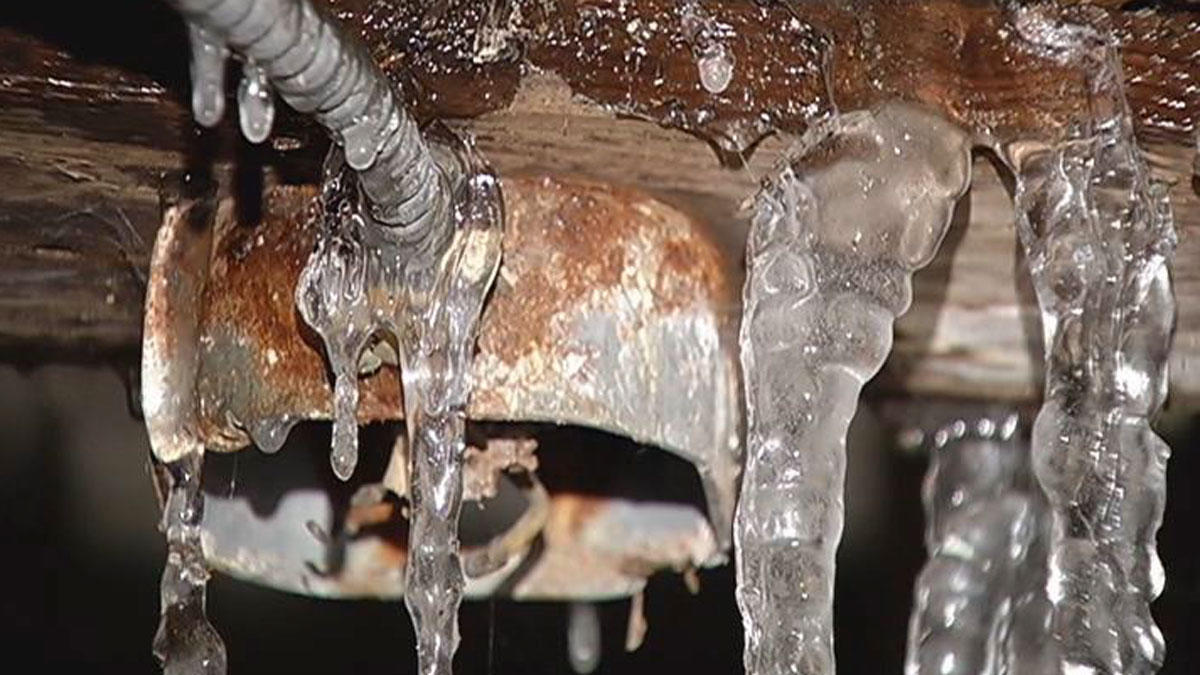Avoiding Frozen Plumbing in Winter: Critical Advice
Avoiding Frozen Plumbing in Winter: Critical Advice
Blog Article
We've discovered this great article about How To Avoid Freezing Pipes directly below on the internet and accepted it made good sense to relate it with you here.

Cold weather can damage your pipes, especially by freezing pipes. Below's just how to avoid it from happening and what to do if it does.
Introduction
As temperatures decline, the threat of icy pipes increases, potentially leading to costly repair services and water damages. Comprehending just how to avoid icy pipes is important for home owners in chilly environments.
Avoidance Tips
Insulating at risk pipelines
Cover pipelines in insulation sleeves or use heat tape to protect them from freezing temperature levels. Concentrate on pipes in unheated or exterior locations of the home.
Home heating techniques
Maintain indoor spaces appropriately heated up, specifically areas with pipes. Open cupboard doors to allow warm air to flow around pipes under sinks.
Exactly how to determine frozen pipes
Look for reduced water circulation from taps, uncommon smells or noises from pipes, and visible frost on subjected pipelines.
Long-Term Solutions
Structural modifications
Think about rerouting pipes away from exterior wall surfaces or unheated locations. Add added insulation to attic rooms, cellars, and crawl spaces.
Upgrading insulation
Invest in premium insulation for pipelines, attic rooms, and walls. Correct insulation aids maintain regular temperatures and lowers the risk of icy pipelines.
Safeguarding Outside Pipes
Garden hose pipes and exterior faucets
Separate and drain garden tubes prior to winter season. Set up frost-proof faucets or cover outdoor faucets with shielded caps.
Recognizing Icy Pipes
What triggers pipes to freeze?
Pipelines ice up when subjected to temperatures below 32 ° F (0 ° C) for prolonged durations. As water inside the pipes freezes, it expands, taxing the pipe wall surfaces and potentially creating them to burst.
Risks and problems
Frozen pipelines can bring about water supply disruptions, residential or commercial property damage, and expensive repair services. Ruptured pipelines can flooding homes and create comprehensive structural damages.
Signs of Frozen Pipeline
Recognizing frozen pipelines early can stop them from bursting.
What to Do If Your Pipelines Freeze
Immediate actions to take
If you suspect frozen pipelines, keep faucets available to soothe pressure as the ice thaws. Use a hairdryer or towels taken in warm water to thaw pipes gradually.
Conclusion
Preventing frozen pipes requires proactive steps and fast feedbacks. By understanding the causes, signs, and preventive measures, home owners can protect their pipes during winter.
6 Proven Ways to Prevent Frozen Pipes and Protect Your Home
Disconnect and Drain Garden Hoses
Before winter arrives, start by disconnecting your garden hoses and draining any remaining water. Close the shut-off valves that supply outdoor hose bibs and leave the outdoor faucet open to allow any residual water to drain. For extra protection, consider using faucet covers throughout the colder months. It’s also important to drain water from any sprinkler supply lines following the manufacturer’s directions.
Insulate Exposed Pipes
Insulating your pipes is an effective way to prevent freezing. Pipe insulation is readily available at home improvement stores and is relatively inexpensive. Pay close attention to pipes in unheated areas such as the attic, basement, crawl spaces, or garage. Apply foam insulation generously to create a buffer against the cold. You can also wrap your pipes in heat tape or thermostat-controlled heat cables for added warmth.
Seal Air Leaks
Inspect your home for any cracks or openings that could let in cold air. Seal any holes around the piping in interior or exterior walls, as well as the sill plates where your home rests on its foundation. Additionally, make sure to keep your garage door closed unless you’re entering or exiting. Leaving it open creates a significant air leak that can lead to frozen pipes.
Allow Warm Air Circulation
During cold snaps, it’s essential to allow warm air to circulate evenly throughout your home. Leave interior doors ajar to promote better airflow. Open kitchen and bathroom cabinets to help distribute heat consistently around the rooms. If you have small children or pets, be sure to remove any household chemicals or potentially harmful cleaners from open cabinets for safety.
Let Faucets Drip
A small trickle of water can make a big difference in preventing ice formation inside your pipes. When temperatures drop significantly, start a drip of water from all faucets served by exposed pipes. This continuous flow helps prevent the water from freezing. Additionally, running a few faucets slightly can relieve pressure inside the pipes, reducing the chances of a rupture if the water inside does freeze.
https://choateshvac.com/6-proven-ways-to-prevent-frozen-pipes-and-protect-your-home/

I stumbled upon that article about Preventing and dealing with frozen pipes when surfing the internet. Do you know another person who is intrigued by the subject? Feel free to promote it. I recognize the value of your readership.
Contact Report this page